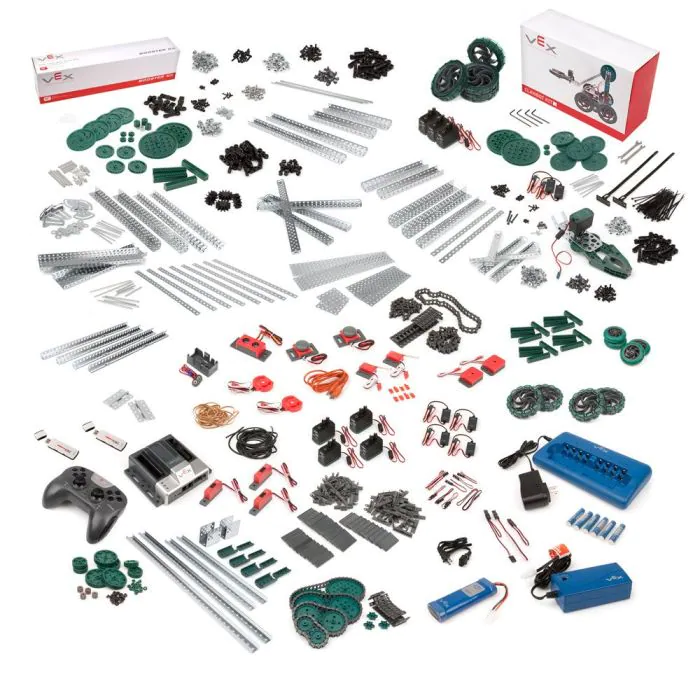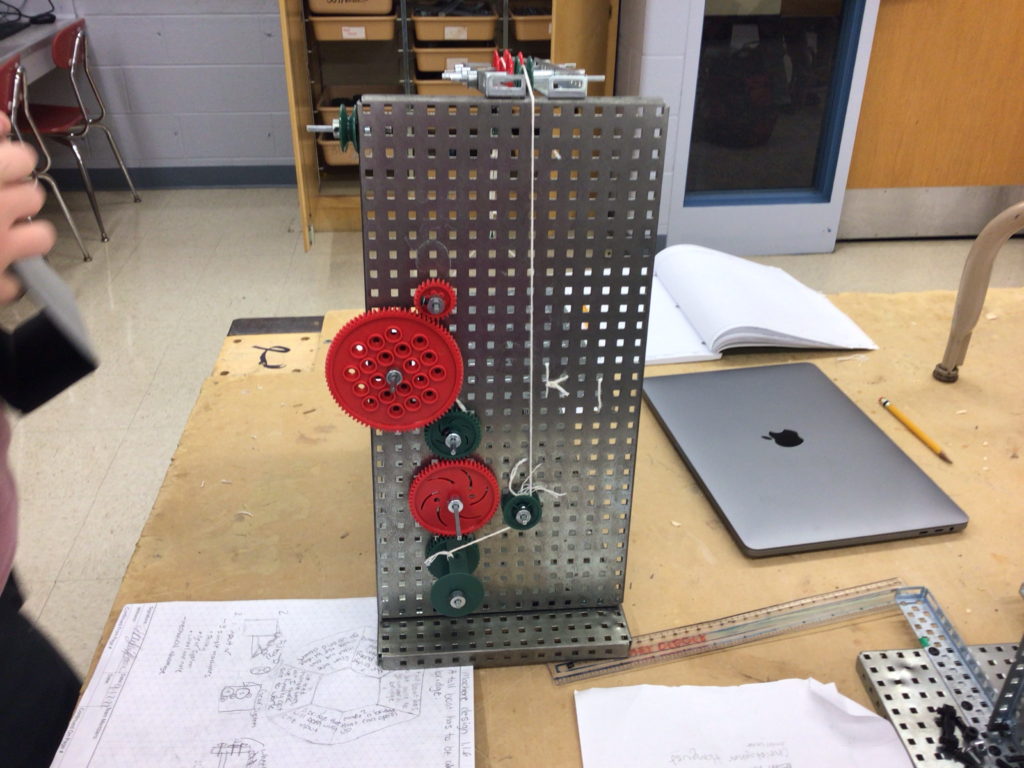A compound machine is a combination of two or more simple machines working together to perform a specific task. The concept of a compound machine can be seen in many everyday objects, from bicycles to cars, where multiple simple machines work together to achieve a larger goal. Compound machines can also be found in industrial settings, where complex machinery is designed to efficiently and effectively perform specific tasks.
One advantage of a compound machine is that it allows for the achievement of complex tasks that would be difficult or impossible to achieve with a single simple machine. For example, a simple machine like a lever may be able to lift a heavy object, but it cannot move that object from one location to another. By combining a lever with a wheel and axle, a pulley, or another simple machine, it becomes possible to lift and move heavy objects with ease.
Another advantage of a compound machine is that it can improve efficiency and save energy. For example, a car engine is a complex compound machine that combines pistons, gears, and other simple machines to convert fuel into motion. The engine is designed to operate at peak efficiency, which means that it uses the least amount of fuel possible to achieve the desired level of performance.
However, designing and building a compound machine can be a challenging task, as it requires a deep understanding of the mechanics of each simple machine and how they can work together to achieve a specific goal. It also requires an understanding of the materials and tools needed to construct the machine and how they can be assembled in a safe and effective manner.
Despite the challenges, building a compound machine can be an exciting and rewarding experience, especially for high school engineering students. By working on a compound machine project, students can develop their problem-solving skills, improve their knowledge of physics and engineering principles, and gain hands-on experience with tools and materials.
Overall, a compound machine is an essential component of modern technology, enabling us to achieve complex tasks and improve efficiency in a wide range of industries. From simple tools like scissors and staplers to complex machinery like cars and airplanes, compound machines are an essential part of our everyday lives, and their importance will only continue to grow as technology advances.

Design Challenge
Objective: To design and build a compound machine using VEX components that demonstrates the principles of compound machines and their ability to perform complex tasks through the integration of multiple simple machines.

Task Description:
- Identify at least three simple machines (e.g. pulley, lever, wheel and axle, etc.) that will be integrated into the compound machine design.
- Determine the mechanical advantage of each simple machine and how they will work together to create a greater mechanical advantage in the compound machine.
- Sketch out a design for the compound machine, showing how the simple machines will be arranged and how they will work together to achieve a specific task.
- Select and gather the necessary VEX components to build the compound machine, including motors, gears, pulleys, and any other necessary parts.
- Assemble the compound machine according to the design, making sure all components are securely attached and functioning properly.
- Test the compound machine to ensure it achieves the desired task and has an increased mechanical advantage compared to using the simple machines individually.
Completing the objective of designing and building a compound machine using VEX components is a valuable learning experience that can greatly enhance your understanding of how compound machines work. Compound machines are machines that combine two or more simple machines to create a single machine that is capable of performing complex tasks with greater efficiency and mechanical advantage than the individual simple machines. Through the process of designing and building a compound machine, you will gain a deeper understanding of the principles behind compound machines and how they can be utilized to perform a variety of tasks.
One of the main benefits of using compound machines is their increased efficiency. By integrating multiple simple machines into a single machine, you can achieve a higher mechanical advantage than using the simple machines individually. This means that the compound machine can perform tasks with less force or effort required, resulting in greater efficiency and productivity.
Another advantage of compound machines is their ability to perform complex tasks that would be difficult or impossible for a single simple machine to accomplish. By combining different types of simple machines, you can create a compound machine that is capable of performing a wide range of tasks, from lifting heavy objects to moving materials across long distances.
Designing and building a compound machine also requires a thorough understanding of the mechanical advantage of each simple machine being used. This knowledge is crucial for determining how the simple machines should be arranged in the compound machine to achieve the desired task with the greatest efficiency and mechanical advantage.
The process of building a compound machine also requires a high level of problem-solving skills. As you assemble the various VEX components and integrate them into the compound machine, you may encounter unexpected challenges or issues that need to be addressed in order to ensure the machine functions properly. This requires creative thinking and the ability to troubleshoot problems as they arise.
In addition to developing technical skills, designing and building a compound machine also requires strong teamwork and collaboration. Working together with others to brainstorm ideas, design the machine, and assemble the components is an excellent way to build communication skills, learn from others, and develop a greater appreciation for the value of teamwork.
Completing the objective of designing and building a compound machine using VEX components can also provide valuable real-world experience for those interested in pursuing a career in engineering or related fields. The skills and knowledge gained through this experience can be applied to future projects and endeavors, helping to build a solid foundation for a career in a technical field.
Overall, completing this objective can be a challenging but rewarding experience that provides a deeper understanding of the principles behind compound machines and their practical applications. By gaining a greater appreciation for the value of compound machines and the role they play in modern engineering and technology, you can develop a strong foundation for pursuing future endeavors in these fields.


